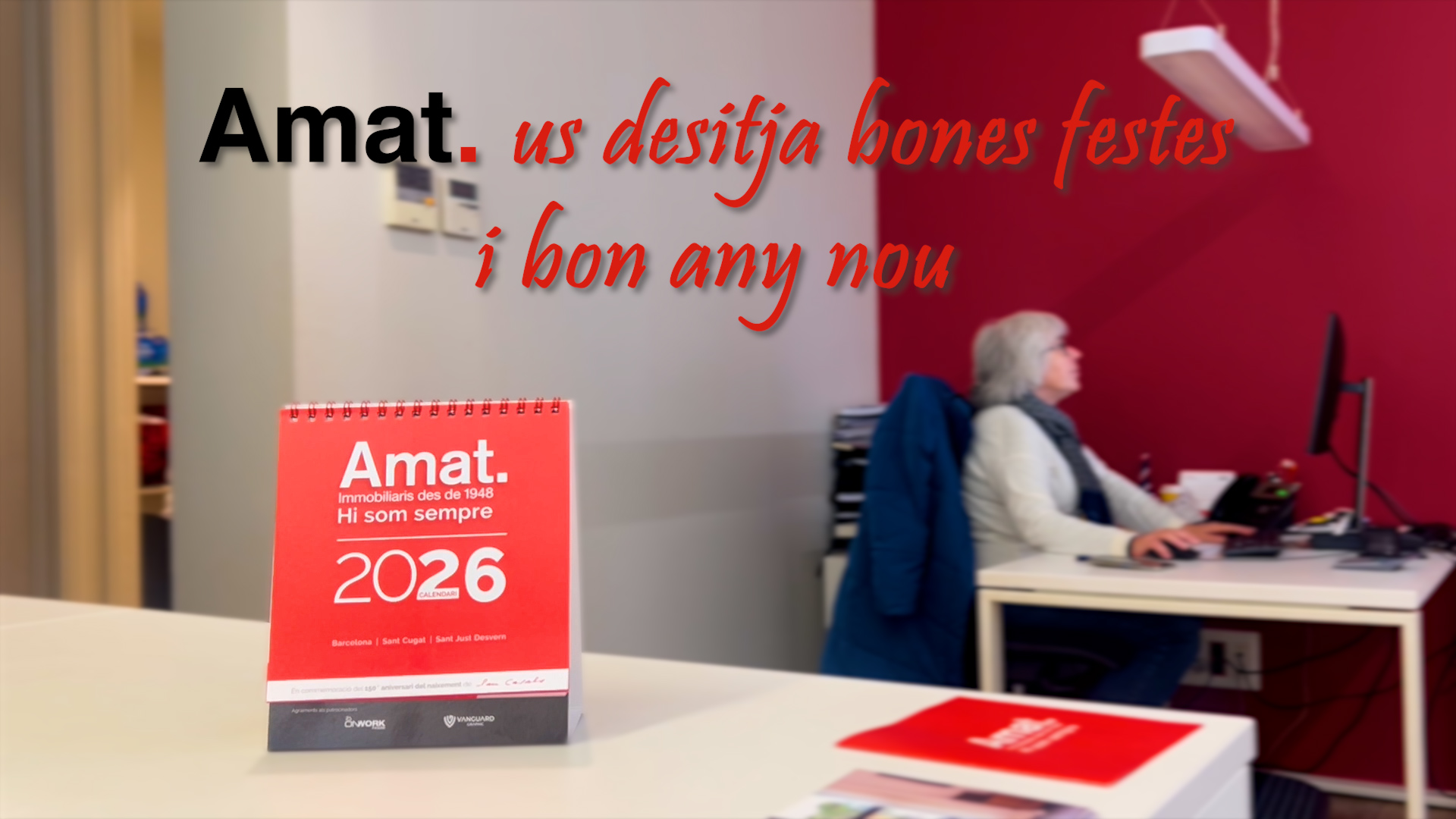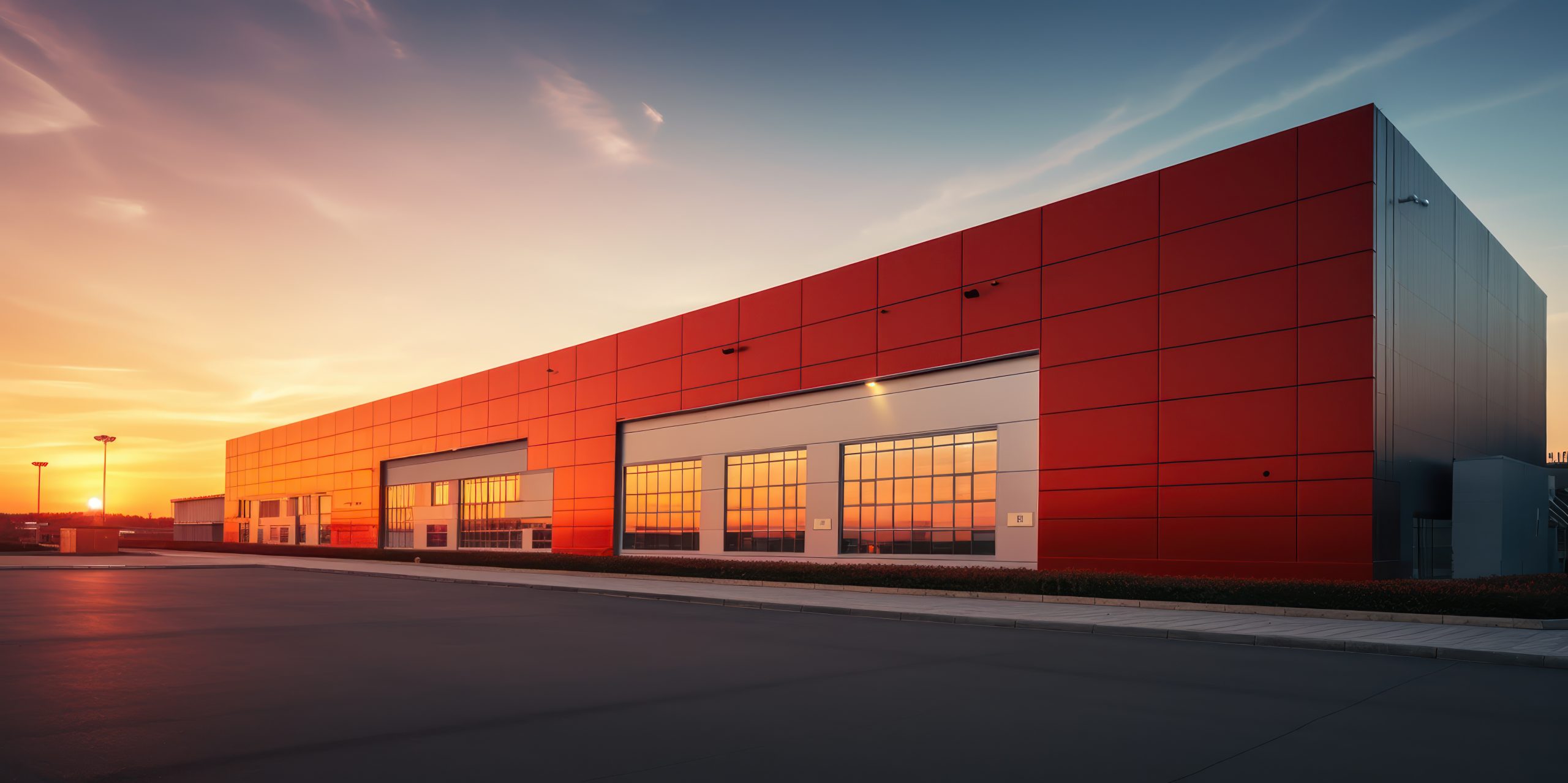Architecture Day in Sant Just, Sant Cugat, and Barcelona
Celebrating Architecture Day: Iconic Buildings in Sant Just Desvern, Sant Cugat, and Barcelona
Today, we celebrate Architecture Day, so let’s take a look at some of the most iconic buildings that characterize the towns and cities where Amat Immobiliaris has offices.
We would like to dedicate this post to highlighting some of the most significant works that reflect the architectural richness of these locations.
1. Sant Just Desvern: Walden 7 and Ricardo Bofill’s Vision
One of the most iconic buildings in Sant Just Desvern is undoubtedly Walden 7, designed by architect Ricardo Bofill. This project, completed between 1975 and 1978, is a brilliant example of postmodern architecture. Walden 7 is a residential complex that stands out for its bold and innovative architecture, making it one of the most characteristic symbols of Sant Just Desvern.
Inspired by the idea of creating a “city within a city,” Walden 7 features a labyrinthine structure with interconnected hallways and courtyards, creating a unique communal space. Its facade, with a combination of vibrant colors and geometric shapes that contrast with conventional architecture, offers a futuristic vision that continues to fascinate both residents and visitors.
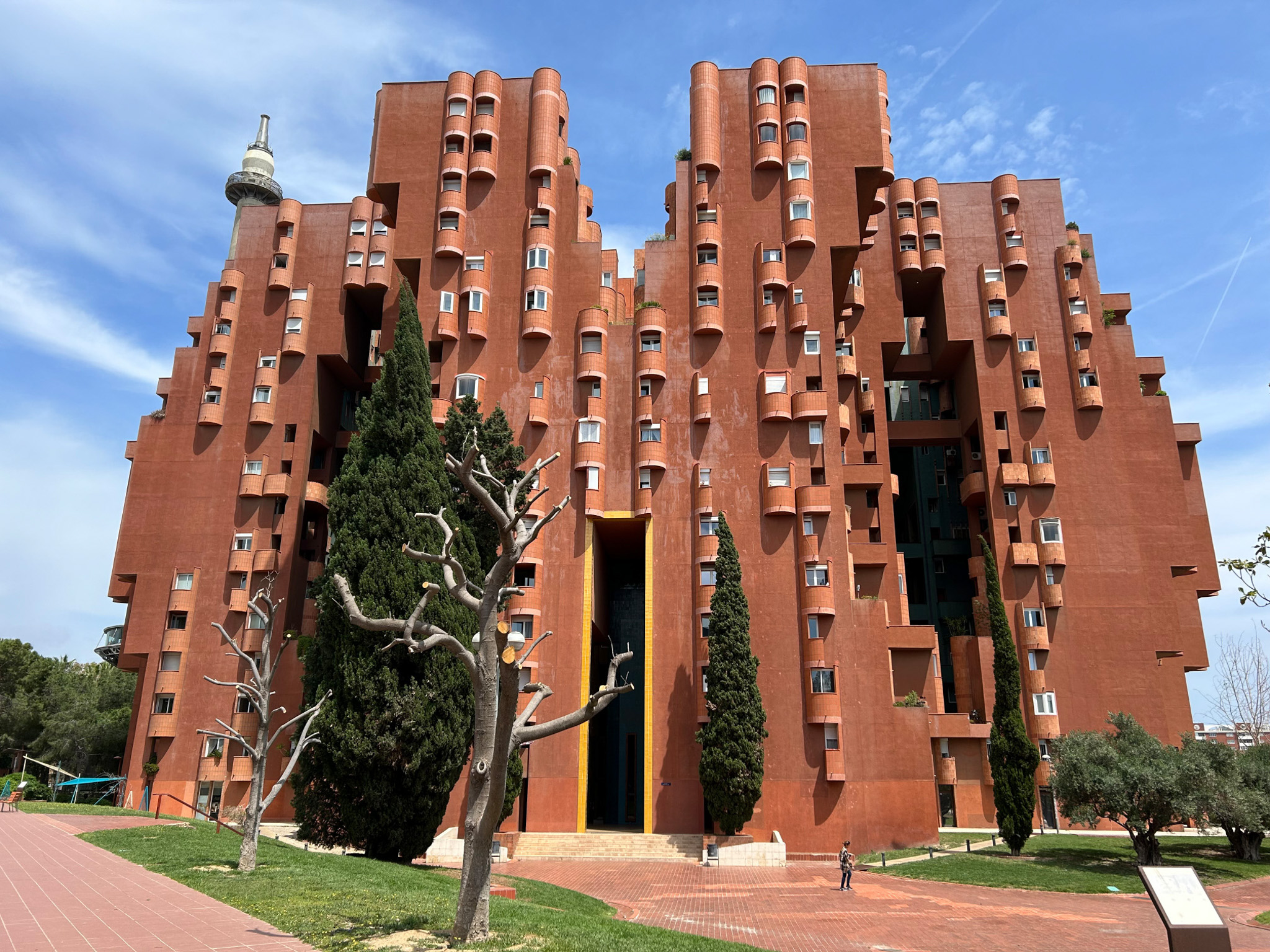
2. Sant Cugat: Heritage and Modernity
In Sant Cugat, the Monastery of Sant Cugat is one of the great architectural gems. Originating in the 9th century, this building represents the essence of Catalan Romanesque architecture. Its impressive church and cloister are outstanding examples of medieval design, reflecting the architectural evolution of the city.
Around the monastery, Plaza Octavià and other historic buildings offer a captivating view of the integration of tradition and modernity in local architecture.
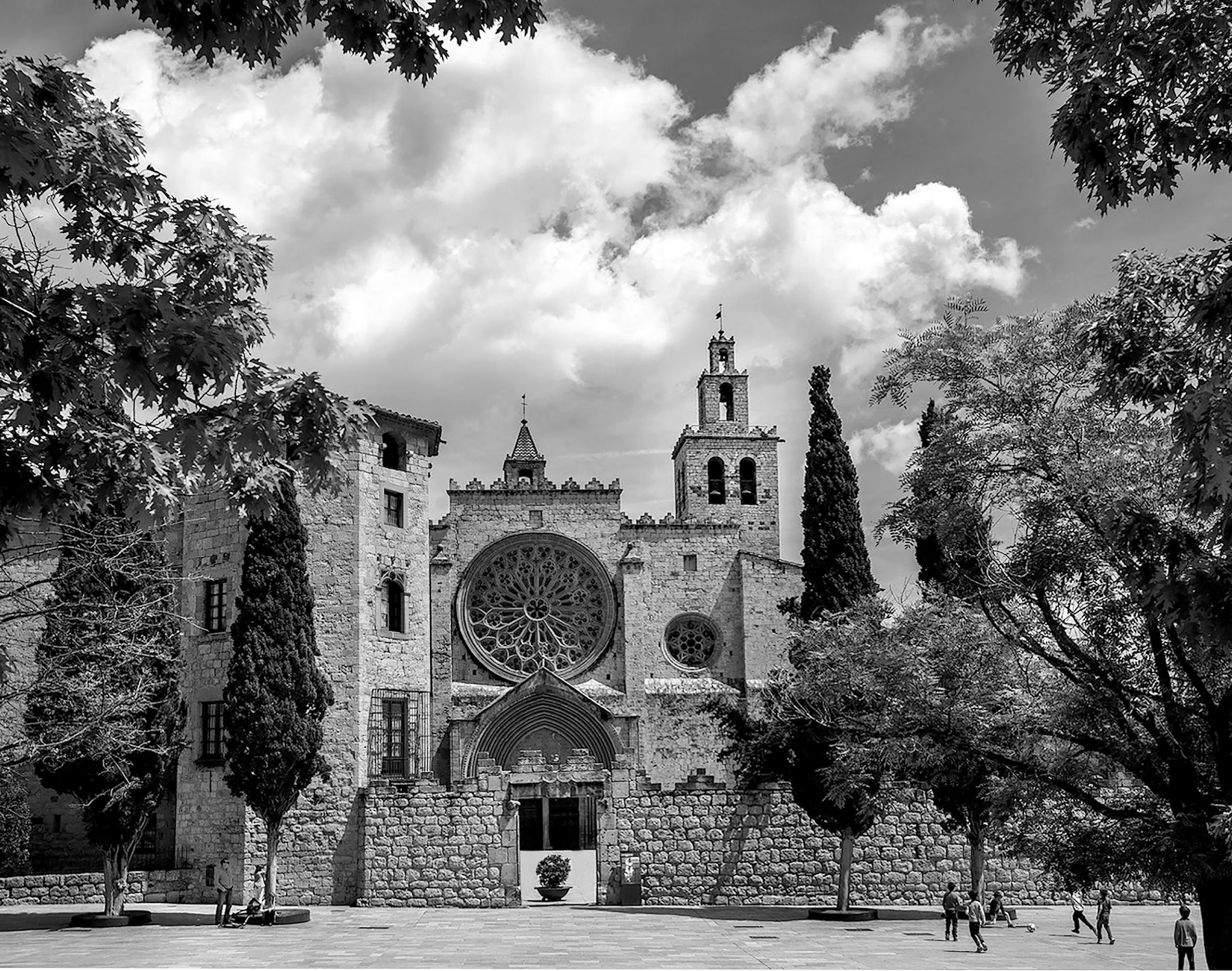
3. Barcelona: Innovation and Modernism
Barcelona is renowned worldwide for its rich architectural tradition, with Modernism being the distinctive style that transformed the city at the end of the 19th century and the beginning of the 20th. This period was marked by a burst of creativity and innovation, with architects revolutionizing traditional architecture and setting new standards in design and aesthetics.
Among the many masterpieces of this era, the Sagrada Familia, Casa Batlló, and Casa Milà (La Pedrera) stand out as emblematic examples of the Modernist spirit that defines Barcelona.
The Sagrada Familia: An Unfinished Masterpiece
The Sagrada Familia is probably the most emblematic work in Barcelona and one of the most ambitious architectural projects in the world. Designed by architect Antoni Gaudí, the construction of the basilica began in 1882 and is still ongoing today, with hopes of completing it in the coming decades.
It is known for its organic shapes and complex structure. Gaudí combined elements of Gothic architecture with natural forms, creating a building that seems to flow as if it were alive. Its sculpted towers, detailed facades, and innovative use of iron and glass make this building an extraordinary fusion of art and architecture.
Besides being a global tourist attraction, the Sagrada Familia is a symbol of the city and a tangible representation of Gaudí’s ambition and genius. Its unique style and monumental scale have made the basilica recognized as a masterpiece of Modernism and one of the most important architectural heritages in the world.
Casa Batlló: An Architectural Fantasy
Located on Paseo de Gracia, Casa Batlló is another iconic creation of Gaudí that exemplifies the eccentricity of Modernism and is a UNESCO World Heritage Site. Built between 1904 and 1906, Casa Batlló is noted for its undulating facade and mask-shaped balconies that seem to emerge from the sea.
Its design is inspired by natural forms, with a roof reminiscent of a dragon’s back and stained-glass windows imitating scales. The interior design is equally innovative, with fluid and luminous spaces that create a sense of continuity.
Casa Batlló is not only an architectural attraction for tourists but also serves as an example of Gaudí’s ability to combine aesthetics and functionality. Its bold and creative style continues to inspire architects and designers around the world.
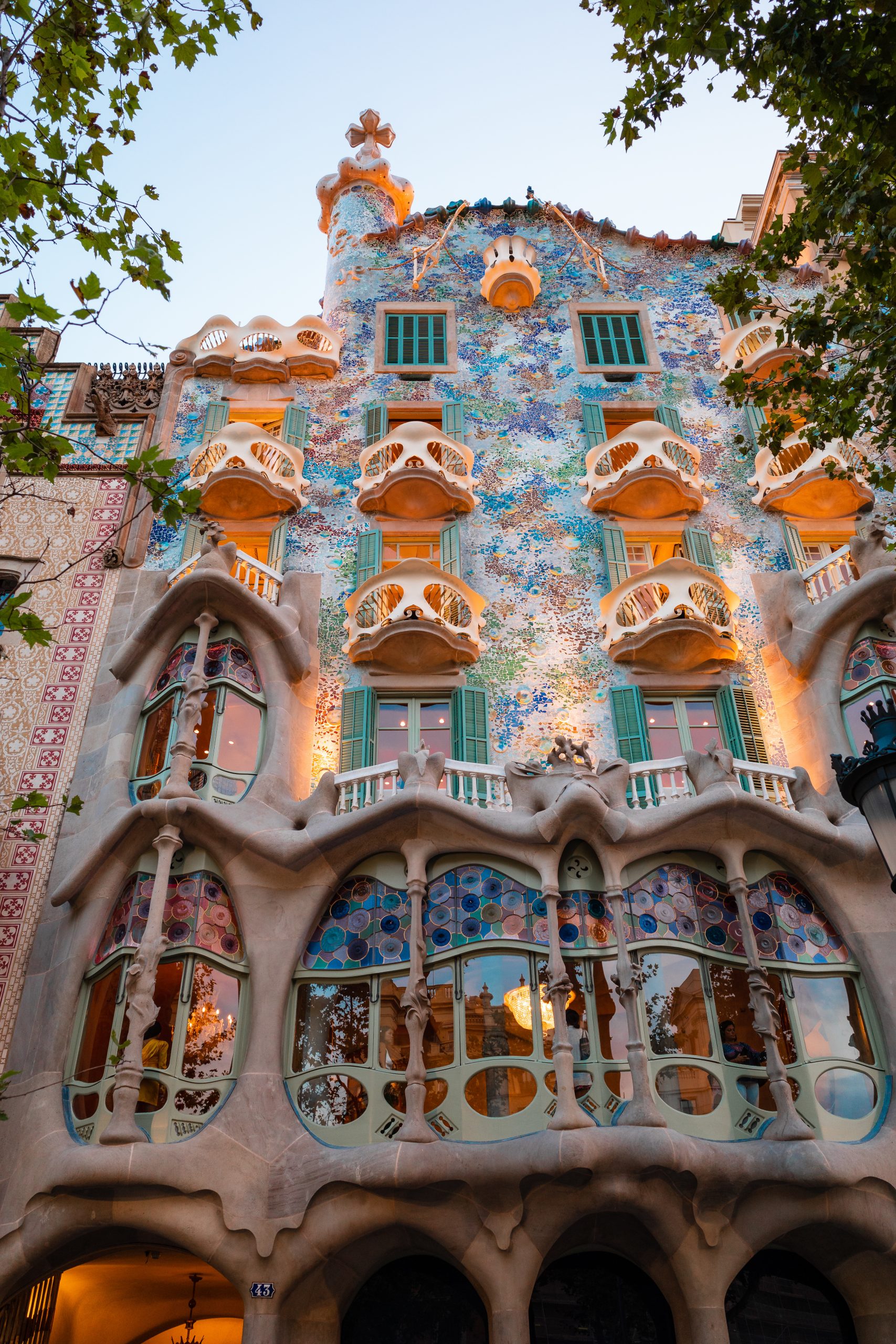
Casa Milà, commonly known as La Pedrera, is another of Gaudí’s major projects located on Paseo de Gracia.
Built between 1906 and 1912, La Pedrera is distinguished by its undulating stone facade, which resembles an exposed quarry. The design includes rooftops with chimneys that look like medieval warriors and an interior courtyard that maximizes natural light.
The innovation in the use of scale and natural ventilation in the design reflects Gaudí’s consideration for functionality and comfort.
The Eixample Architecture: An Urban Revolution in Barcelona
The Eixample is one of Barcelona’s most emblematic neighborhoods, known for its unique grid design and the harmonious integration of Modernist architecture with planned urbanization.
Pla Cerdà created a grid system with perpendicular streets and rectangular blocks, facilitating circulation and ventilation. The rounded corners and interior spaces, or “islands,” were innovative in providing light and ventilation to the residences.
Buildings in the Eixample often feature facades adorned with elaborate details, rounded corners that ease traffic flow, and spacious terraces and balconies that value outdoor living. The Eixample has left a lasting impact on urban planning and modern architecture, setting standards for other cities. It combines history and modernity, establishing Barcelona as a global reference in these fields.
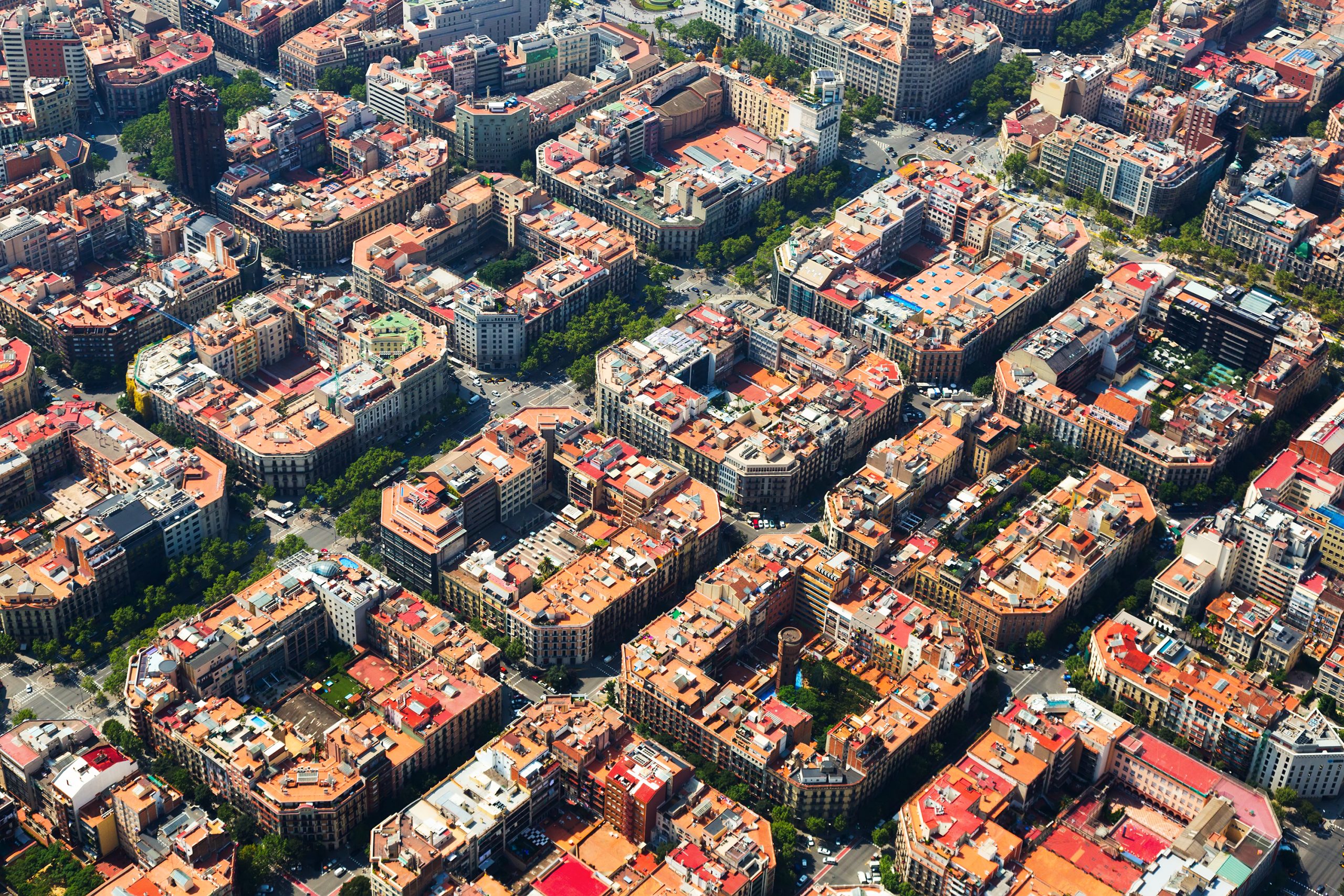
So, on this Architecture Day, let’s celebrate the richness of the iconic buildings that define our towns and city. In Sant Just Desvern, Sant Cugat, and Barcelona, each building has a unique story and significance.

